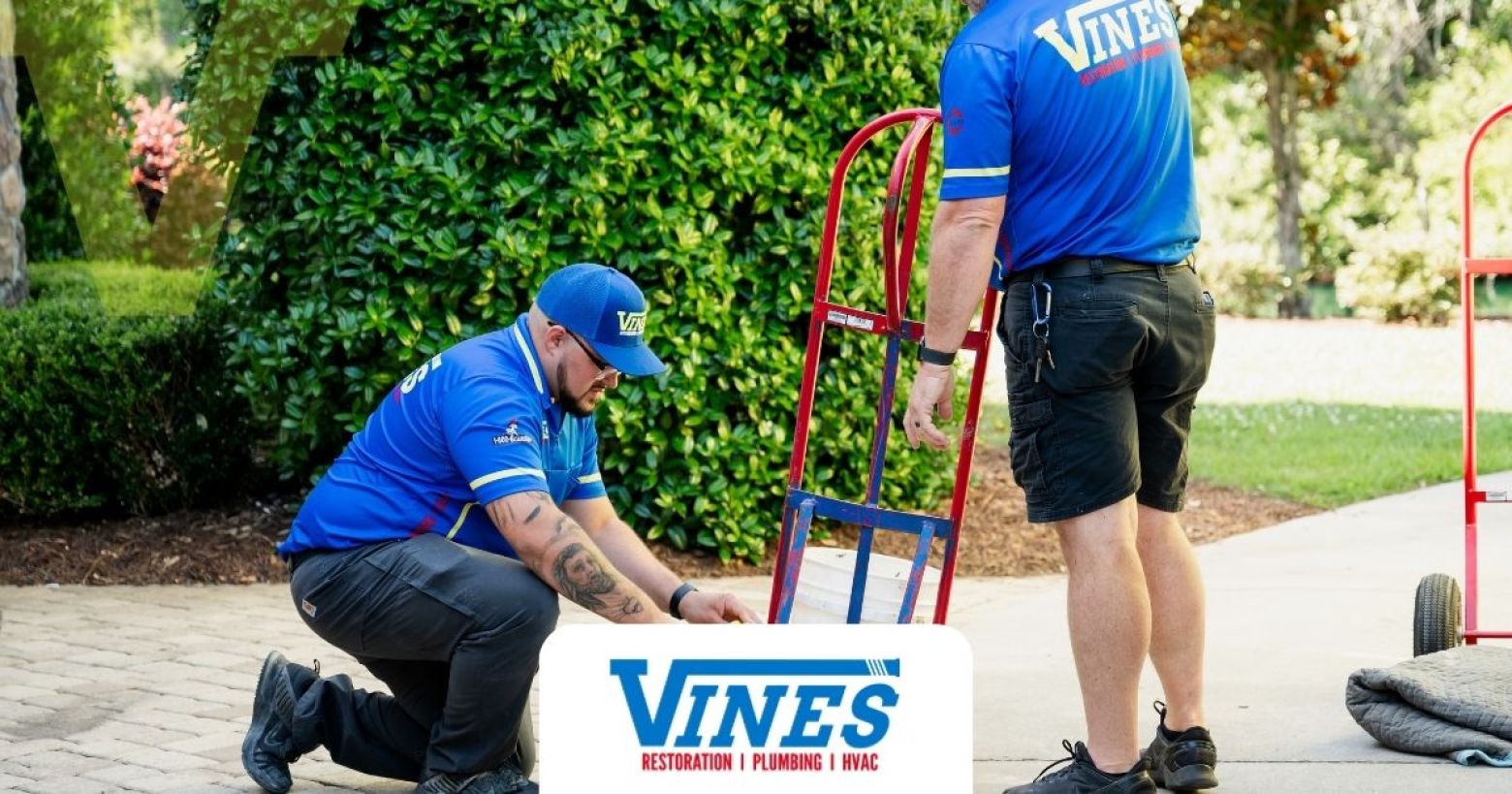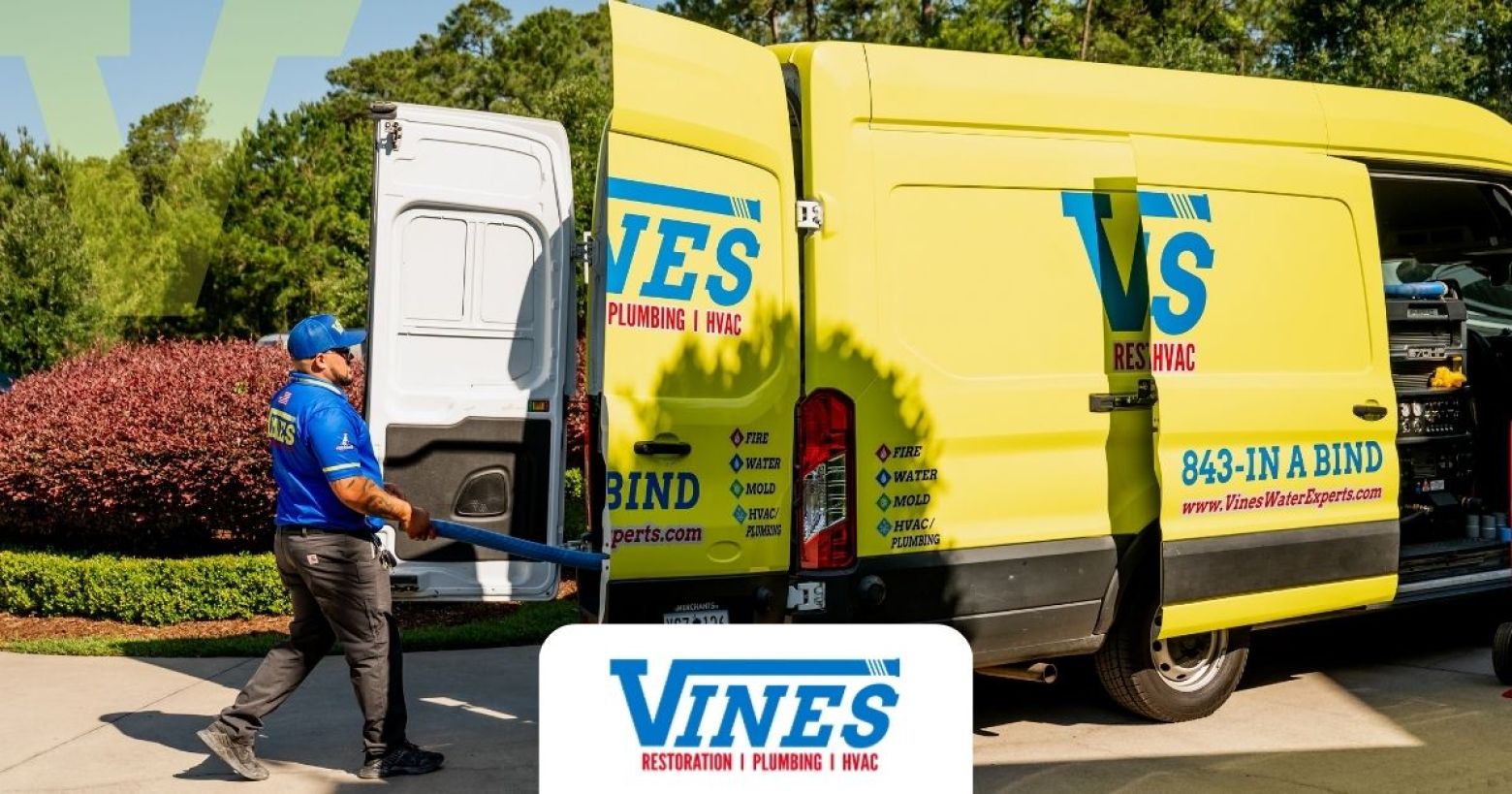Common Plumbing Issues in Old Homes
Ah the charm of a vintage house. From the colorful stained-glass windows to the wainscoting, and from the crown molds to the arched doorways – I doubt there is anyone who hasn’t dreamt of living in them and basking in some of that old world magic. It is no wonder therefore that such homes are in such high demand and are often on the higher end of the price spectrum.
All that being said, vintage homes do come with their unique set of challenges – mostly surrounding maintenance. As these homes were build decades ago (to the minimum), they are almost always in need of some or the other kind of maintenance. From damp walls to drafty windows, and from tattered roofs to crumbling vents – the number of construction-related problems in such homes tend to be many.
One of the biggest problems in this context is plumbing. Vintage homes tend to have plumbing systems that were built with products that have either passed their usefulness, or are soon about to – making getting repairs a tricky situation. If you are on your way to buying a vintage home, here are some common plumbing issues you should definitely know about.
Galvanized Steel Pipes
If the home you’re eyeing was built before 1960, it is very likely that the plumbing was built using galvanized pipes. Made from steel and coated with zinc, these pipes were very useful, and offered the best alternative to copper and lead pipes. However, the zinc coating comes with its own life expectancy, and once corroded, leads to the water coming into contact with the steel surface directly, leading to corrosion. This can give rise to all sorts of issues like water discoloration, a drop in water pressure, narrowing of the pipe inner diameter due to rust formation, leaks, and finally, pipe failure.
The best way to avoid this is by replacing the pipe system from the get-go. Materials like PEX tubing and copper piping are both quick-to-install, and can withstand all types of weather and situation. You can either opt for a partial replacement or a full one, depending on your budget and needs.
Sagging Sewer Pipes
Water flow in sewer lines is determined by gravity. So, if a section of the sewer pipe sags (also known as “bellying”) it leads to sediment clogs and sewage backups. While such problems usually occur due to inadequate planning and installation, the wear and tear of time also plays a major role.
The good news here is that such problems can be solved fast, provided repairs are made in time. If left to fester, bellied sewage pipes may lead to a major leakage that could damage the construction and even contaminate the water system.
Worn Out Vents, Valves and Drains
The interconnected system of vents, valves and drains can differ vastly, depending on the era in which your vintage home was built. For instance, some older homes have no vent systems, while others might not have ones that actually function. Secondly, clogged and broken drains lead to sweage odors, and an eventual build-up of toxic material. Last but not the least, old and aging valves lead to issues in the proper flow of water to dishwashers, sinks, and toilets. In worse cases, they may also compromise the ability to shut off your water in case you face an emergency.
The best way to prevent this is to have your plumbers carefully inspect the system, then replace the minimum possible vents, drains and valves. Besides preventing potential health hazards, this will also help you to preserve water and reduce your monthly bills.
Intruding Tree Roots
When a home ages, so does the foliage that surrounds it. As charming as old trees look, they often grow large roots underground, which tend to interfere with the sewage line. Once roots find their way inside these, they end up growing further and expand all through the pipe. Combined with food debris and other waste in your sewage, this can lead to a potentially large and complicated blockage.
If the tree has an aggressive root growth, it is best to contact your plumber, and have ‘rehabilitate’ the underground pipes with the help of trenchless pipe relining techniques. This will prevent trees from getting harmed while also preserving the quality of your plumbing.

Vines
Contact Us
Please fill out the form below to request an estimate or schedule service.
Contact Form
"*" indicates required fields









